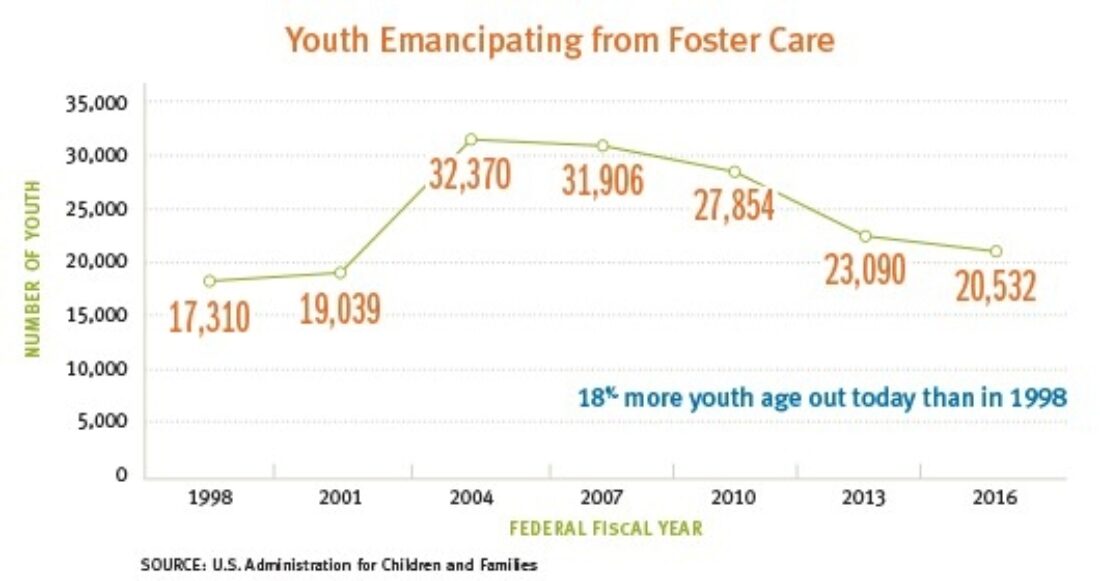Report: Youth in Foster Care Need Family, Not Just Skills for Independence

A growing number of older youth are exiting foster care without legal, permanent connections to family — a reality that imperils their ability to succeed as adults, according to a new report from the National Center for Youth Law.
Promoting Permanency for Teens describes what states and child welfare agencies can do to help teens thrive upon leaving foster care. The report, which the Annie E. Casey Foundation funded, places particular emphasis on the powerful role that supportive adults can play. Absent such connections, young people who exit care are more likely to experience a devastating storm of academic, physical and financial struggles.
“States are using a variety of strategies to address permanency for teens — some good, some not so good,” says Tracey Feild, director of the Casey Foundation’s Child Welfare Strategy Group. “This timely study can help policymakers and child welfare practitioners make urgently needed policy and practice changes.”
More than 23,000 young people age out out of foster care each year — an increase of 21% in just two decades. Yet, young people do better when they reunify with family or gain family through guardianship or adoption, according to research. “Unless we change how we support young people — especially in their quest to be part of a loving family — they will continue to face poor outcomes when they age out of foster care,” says Feild.
Promoting Permanency for Teens identifies five key elements of successful teen permanency policies. These are:
- efforts to locate relatives of teens in care;
- parental visitation with teens in care;
- teen voice and representation in permanency and case planning;
- payments and services for teens and caregivers achieving permanency; and
- efforts to locate and support teens missing from care.
The report also outlines five basic recommendations that states should follow to better address a young person’s need for family. These are:
- Search for family early and often. Require a robust and ongoing search for relatives and other meaningful adults.
- Promote frequent family visits. Require parental visitation at least once a week, emphasizing daily visitation and contact for teens likely to reunify with family.
- Plan for permanency from the start — and never stop. Require monthly permanency planning and family finding services that features input and participation from teens and their chosen representatives.
- Tear down permanency barriers. If financial and service barriers to permanency exist, remove them.
- Search for runaways and missing teens — and never give up. As the report notes: “Youth who run from their foster care placement are often at extreme risk of further harm,” yet “state efforts to locate and percent runaways vary widely.” To remedy this, the National Center for Youth Law recommends requiring agencies to support ongoing, active and documented searches for missing young people and to have dedicated staff members conduct these searches.





